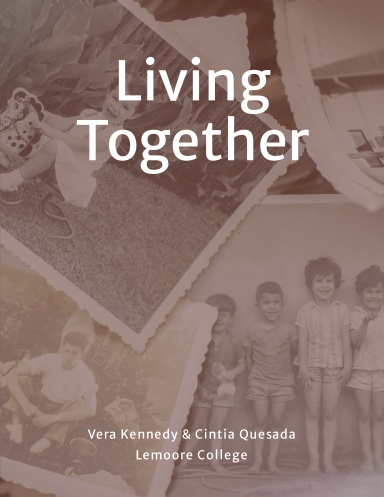[Sociology] Living Together
Description of the Resource:
This sociology textbook explores the diverse dynamics of family structures, companionship, and intimacy through a comprehensive framework. Spanning topics from family development and theoretical perspectives to love, long-term relationships, and family wellness, each module integrates research ethics and the scientific method. Emphasizing communication, cultural diversity, and responses to family crises like substance abuse and domestic violence, this textbook offers a nuanced understanding of contemporary family life and its impact on societal well-being.
How This Resource Integrates Diversity, Equity, and Inclusion Principles and Practices:
Through its exploration of topics such as family structures, communication, and responses to family crises, the textbook encourages students to think critically about DEI issues within the context of marriage and family. The content serves as a foundation for meaningful discussions on complex social issues, promoting a deeper appreciation of diversity. Also, the textbook was developed and reviewed by a diverse community of educators, ensuring that the material reflects a wide range of perspectives and experiences. This inclusive approach not only enriches the content but also empowers students to understand and appreciate the multifaceted nature of family life in contemporary society.
By offering the text as a freely accessible resource, it removes financial barriers that often hinder students from low-income backgrounds, ensuring that all learners have equal access to high-quality educational content. The textbook is crafted with Universal Design for Learning (UDL) principles, making it accessible to students with disabilities and ensuring that all learners, regardless of their abilities, can engage fully with the material.
The textbook’s content is adaptable, allowing educators to modify it to reflect the diversity of their student population. This flexibility enables the inclusion of examples, case studies, and perspectives that resonate with the unique backgrounds and experiences of diverse student populations. The text also highlights underrepresented voices by integrating discussions on various races, ethnicities, genders, sexual orientations, and abilities, providing a more inclusive understanding of family dynamics and relationships.
Tips, Tricks, and Advice from the Faculty Author(s) Regarding OER Creation:
- Focus on student learning outcomes and concept-based learning
- Addresses what students need at the next academic level or employment
- Customize topic, materials, and content to your discipline and class
- Include student identities, narratives, perspectives, and experiences

